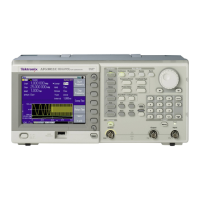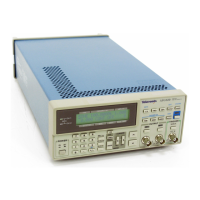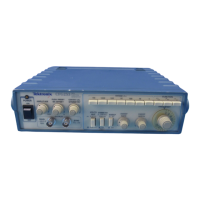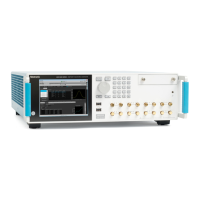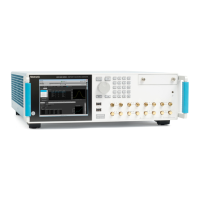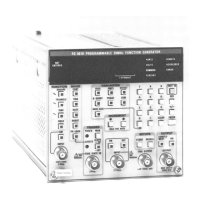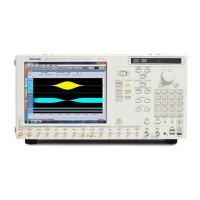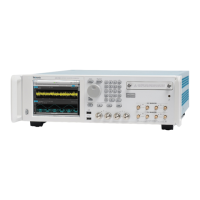GPS7 GPS Synchronization and Timecode module
Master Time. Th
e Master Time is the basis for all timecode outputs and for the
phase reference of all video outputs.
Leap Seconds. Leap second information is stored and then updated by satellite
every 20 to 30 minutes
Offset to TA
I. TAI is the International Atomic Time, represented as the number of
seconds since the epoch of 0:00:00 January 1, 1958. Proposed standard SMPTE
404M defines the SMPTE Epoch at that same moment. There are exactly 8040
days and 19 leap seconds between the SMPTE Epoch (TAI) and the GPS Epoch.
Epoch Calculations. The number of seconds since the SMPTE Epoch is used to
precisel
y align video frames with the Master Time clock. For example, an NTSC
system operates at 29.97 frames per second (30 fps/1.001), so there are precisely
30,000 frames every 1001 seconds. By knowing the total number of seconds
since the SMPTE Epoch, when all video frames were perfectly aligned, the
GPS7 module can dete rmine "where" the GPS pulse-per-second signal is located
with respect to video framing. The Epoch adjustment is made only if the system is
set to
use GPS as the video reference.
Frame E ngine. The frame engine supplies frame pulse signals based on the
SMPTE Epoch to each video output. This ensures that they are properly aligned
with respect to the calculated phase for the selected video format of each output.
Out
put Timing. Each video output has an independent offset that can be specified
to shift that output in order to align the video and LTC signals in the studio. This
time adjustment does not affect the timecode that is a pplied to that output; the
signal and timecode s tay together as the timing is changed. The timing offset range
and resolution depend on the signal. See the specific output menu for details.
L
eap Second Information. The GPS signal indicates the number of leap seconds
between GPS time and UTC. As of December 31, 2016, a total of 37 leap seconds
are required for the adjustment between TAI and UTC. This information only
stays current when a GPS/GLONASS signal is connected. On instrument boot up,
stored leap second information is used, and an asterisk appears next to the time
in the status screen until the leap second information from the GPS/GLONASS
signal is received.
Time Zone Offset *. TheGPS7hasaselectableoffsetbetweenUTCandthelocal
time, usually representing the local time zone. This offset can be specified in
hours+minutes+seconds, allowing specification of time zones that do not align
with the usual hours-only offset, or for other applications not related to time zones.
You can also use this setting to set the internal time to calculate “backwards” to
the Master Time.
TG8000 Multiformat Test Signal Generator User Manual 3–109
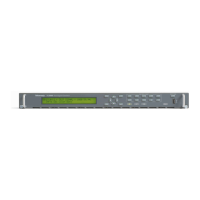
